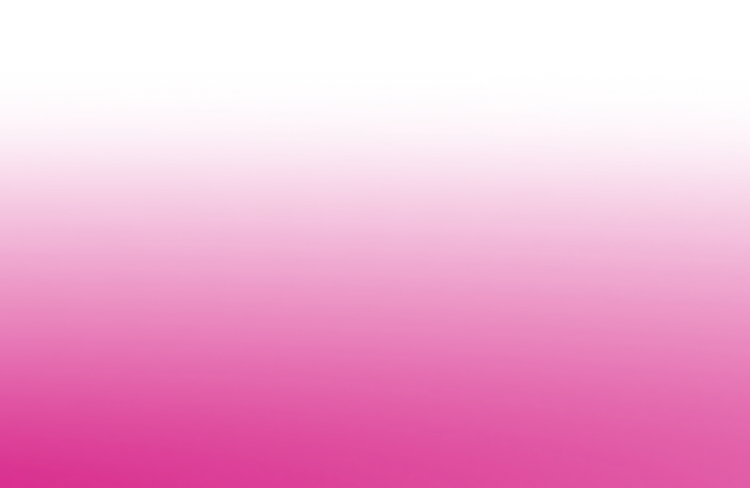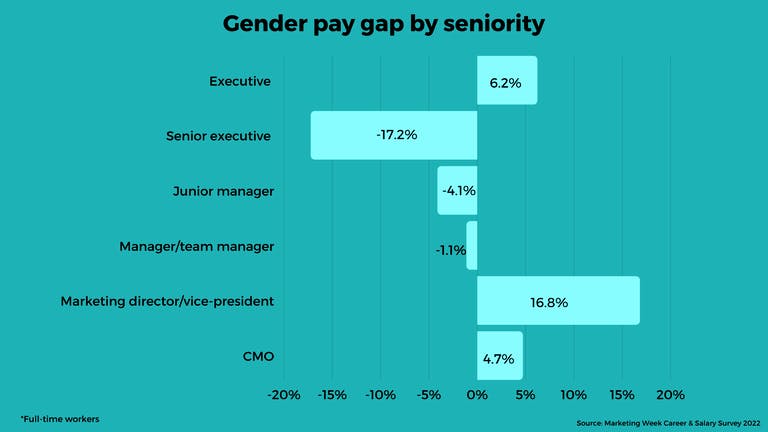

International Women's Day 2022
Women in marketing

In honor of International Women’s History Month and International Women’s Day, I thought it would be good to take a moment to consider how far we’ve come, and how far women still have to go to achieve equality in the marketing industry.
I don’t know about you, but when I think about the history of women in marketing, the image of Mad Men’s Peggy Olson strutting down the corridor like a boss comes to mind.
Traditionally, the marketing and advertising industry was a male-dominated field. This is evident in the representation of women throughout the years. In the 1970s, despite making up almost half of the workforce, marketing and advertising pigeonholed women into generic and vapid stereotypes that striped women of all individuality. Why? Because that’s how the men who devised marketing campaigns saw us.
In 1974, the UN Commission on the Status of Women summed up the situation perfectly:
“Women are shown primarily as housewives in commercials, although they comprise from 35 to 55 percent of the labor force of the different countries in the world…women are offered, basically, two roles: that of the beautiful but passive glamour girls, and that of the housewife caring for the home and children. Both are shown as dependent on men and receiving their social identity not in themselves, but through men.”
That isn’t to say women were passively consuming marketing during this time. There were already many women breaking into the boy’s club and changing the industry for the better.
- Mary Wells Lawrence became the first female CEO of a company traded on the New York Stock Exchange when her agency – Wells, Rich, Greene – went public.
- Barbara Proctor founded Proctor and Gardener Advertising, becoming the first African-American woman to own an ad agency.
- Caroline Robinson Jones became the first Black female VP of a major agency and fought to create more diverse representation for people of color in the predominantly white male industry.
Thanks to the hard work and endless perseverance of our formidable predecessors, we’re starting to see a real change in the marketing industry.
Women on top
Today, recent surveys have found the number of women working in the industry is at an all-time high. According to research undertaken by LinkedIn, women dominate the marketing industry, accounting for 60% of employees. That’s better than most other industries in North America.
There are also more women in managerial roles than ever before. Women make up 59% of Manager level positions while 52% of Chief Marketing Officers (CMOs) are now women – up from 47% in 2019. Women in marketing are working their way up, shattering glass ceilings and earning places on executive boards.
McKinsey & Company research has found that companies in the top-quartile for gender diversity on executive teams are 21% more likely to outperform on profitability and 27% more likely to have value creation. As well as being fair and representative, there’s a clear and obvious benefit to businesses to improve gender equality.
There’s still a long way to go. While women are starting to get representation in the higher echelons of businesses, only 13% of all CMOs have racially diverse backgrounds. Black women in particular were severely underrepresented in leadership roles. For every 100 men that advance to a managerial role, 80 white women advance and only 58 Black women advance.
Improvements still needed
While women in marketing have made significant headway in being recognized for managerial positions in the industry, there’s still a large number of improvements that still need to be made before true equality is achieved.
Marketing Week’s 2021 Career and Salary Survey Report found that there is still a significant pay gap between women and their male counterparts.
On average, female marketers are paid 12.6% less than their male counterparts. While the figure is trending in the right direction, down from 23% in 2021 and 28% in 2020, there is still a long way to go, especially as seniority increases. What possible reason could there be behind the discrepancy?
If the number of women in leadership roles in marketing is on the rise, what justification is there to pay them unequally?
In a similar survey carried out by Econsultancy, Victoria Brooks, Co-founder of The Exchange and Trustee of Bloom UK argues that the UK’s prevalent pay gap is due to “cultural silence”.
“I come from New York, and everybody at my level knew what each other were making because people are more open about money there. The cultural silence around pay in the UK prevents women from knowing what we should ask for and results in us undervaluing ourselves.”
This in turn results in a confidence gap in women. They feel uncertain of their influence in their position, impacting career progression and holding women back from opportunities and higher salaries.
Marketers should set the standard
No one is asking why this is important. In fact, most of us are probably asking why we’re still discussing this. Surely it just makes sense. Promotions and positions should be awarded on merits and everyone should be paid equally for them.
As women advance into senior positions in the industry, we had a responsibility to advance the subject of female representation in marketing. We have to break the bias and smash the stereotypes imposed upon women throughout years of misogynistic marketing.
As marketers, we should recognize issues that are important to the consumer. Sharing values with your audiences results in stronger relationships. Today’s always-on consumer can see when a brand is jumping on a bandwagon and expressing insincere sentiments – and they’re comfortable calling brands out on it.
Don’t put fluffy, empty messages out there if you can’t back it up. To be truly authentic in our messages of support to all causes, not just gender equality, we need to align our company culture and vision to the movement. Back up your claims with open and honest communications.
Change needs to come from the top, with complete company-wide buy-in, but if there’s any wavering support, remember that women are the most powerful consumers out there.
Women make up 85% of all consumer purchasing, through a combination of power and influence. That means antiquated ways of thinking, stereotypical representations of women, or a failure to promote total equality within your business, can cause a complete disconnect with this power audience segment.
Contents
Jenna Paton, Content Marketing Manager
Jenna expertly writes thought-leadership content about cross-channel marketing and customer engagement and manages the creation and execution of Dotdigital's content marketing strategy.
Stay on top
Get the latest and greatest marketing insight delivered to you weekly
Your email address will be handled in accordance with our Privacy Policy. We gather data around email opens & clicks using standard technologies including clear gifs to help us monitor and improve our newsletter.


